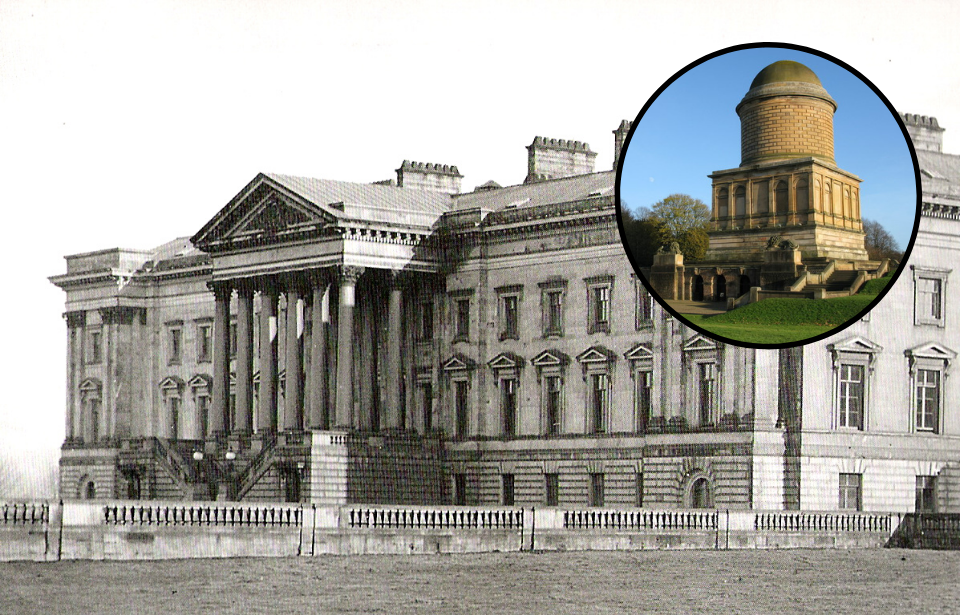Hamilton Palace was the largest non-royal country home in Scotland. It served as a home to the Hamilton family for centuries until poor financial and business decisions led to the entire structure being demolished. To this day, Hamilton Palace is still considered by many to be the greatest loss of national heritage in Scottish history.
Hamilton Palace was the largest private home in Scotland
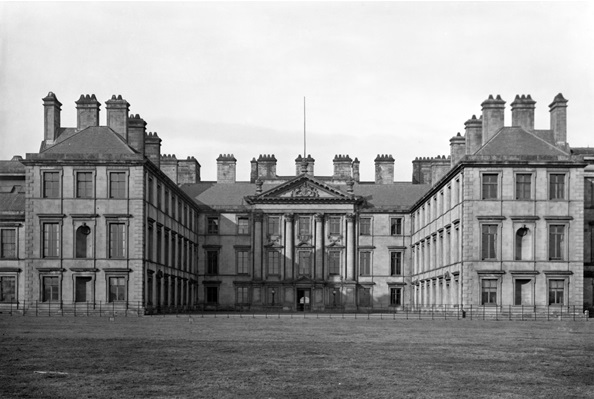
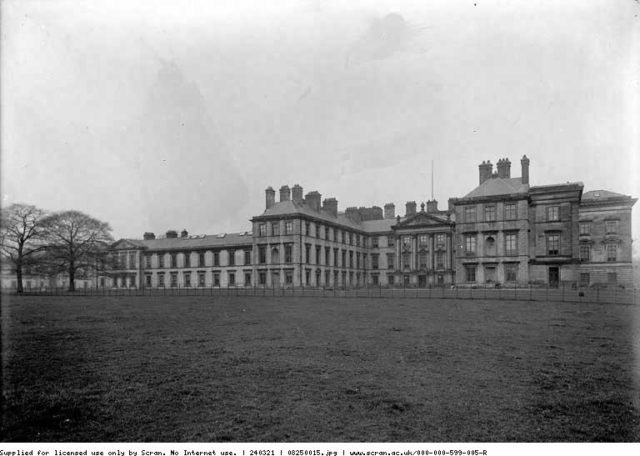
Hamilton Palace was a complex that served as the seat of the Dukes of Hamilton in Hamilton, Scotland, for nearly 300 years. The earliest reference to a castle at Hamilton is in a charter dated 1445, A major main expansion and rebuilding of the palace was completed between 1684 and 1701. The palace reached its height of architectural grandeur under the ownership of Alexander, 10th Duke of Hamilton, and at its largest it was bigger than Buckingham Palace.
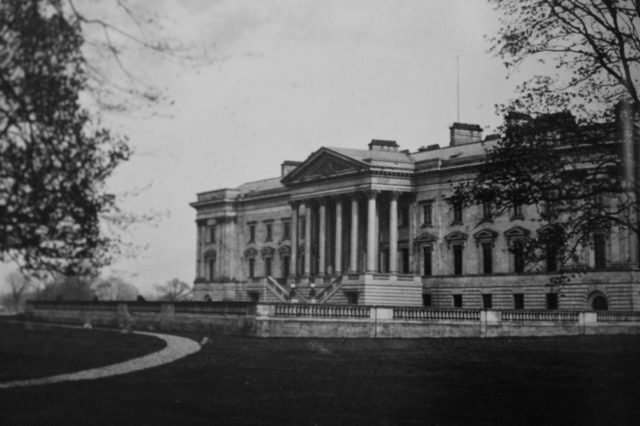
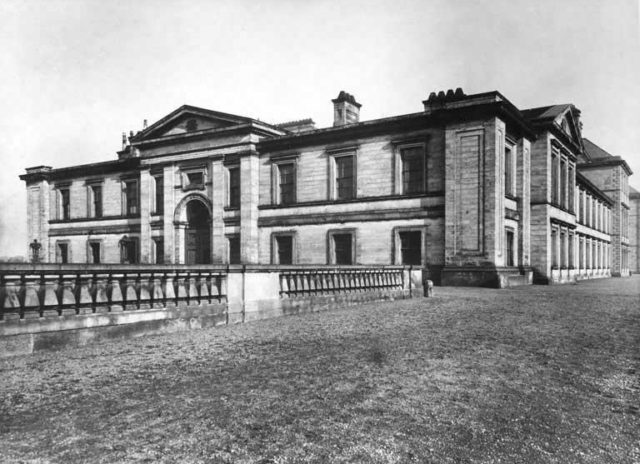
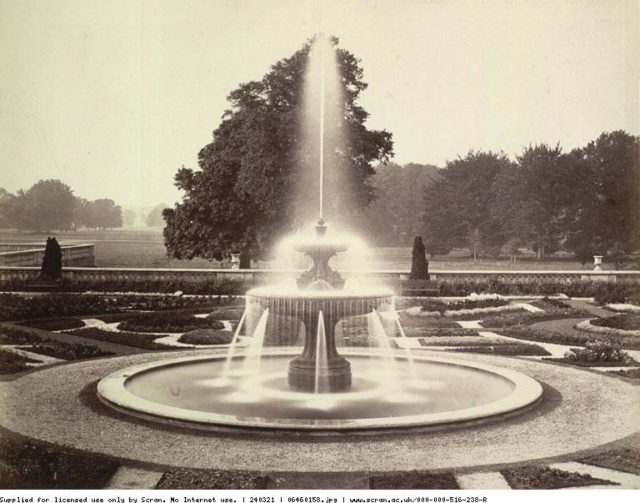
Alexander wished for the palace to reflect the status and history of his family and serve as a grand place for his famed art collection. Between 1822 and 1828, Alexander commissioned another expansion of the palace and had the interior designed to reflect the magnificence of the exterior, incorporating baroque themes along with Egyptian-style interior details.
The grandeur of the palace was ultimately its demise
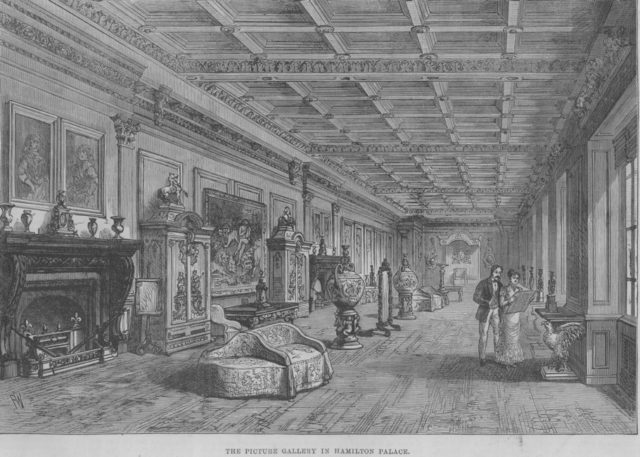
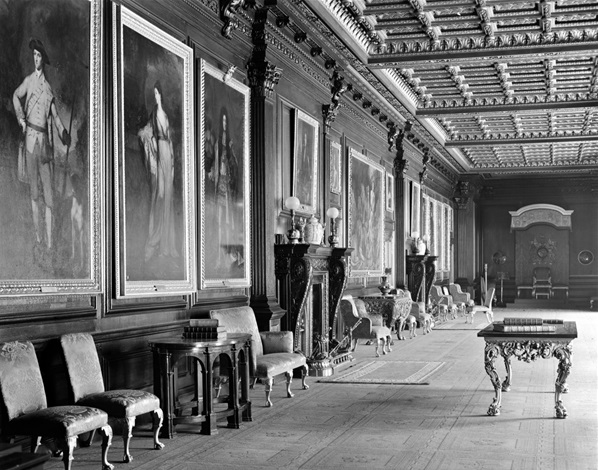
Alexander’s architectural changes were superfluous and hastened the demise of Hamilton Palace. The construction put the Hamilton family into a large amount of debt and the subsidence caused by excessive coal mining in the area did little to help the situation. The structural foundation of the massive structure was slowly being compromised by extensive coal mining.
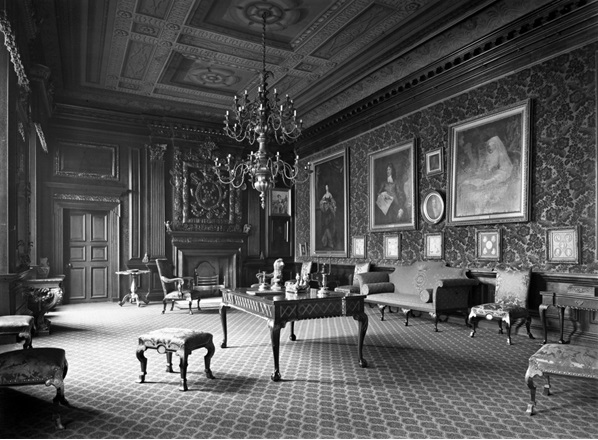
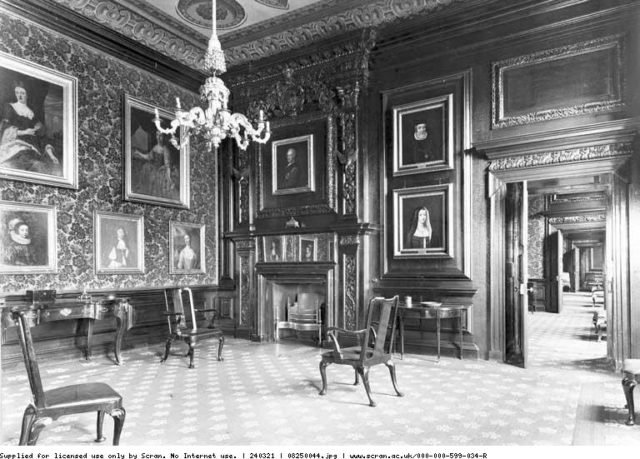
The final Hamilton to take ownership of the palace was Alfred Douglas Douglas-Hamilton in 1895, who inherited the massive property along with all of its extravagant furniture, artwork, and treasures, but also its £1.5 million debt. This debt was never repaid.
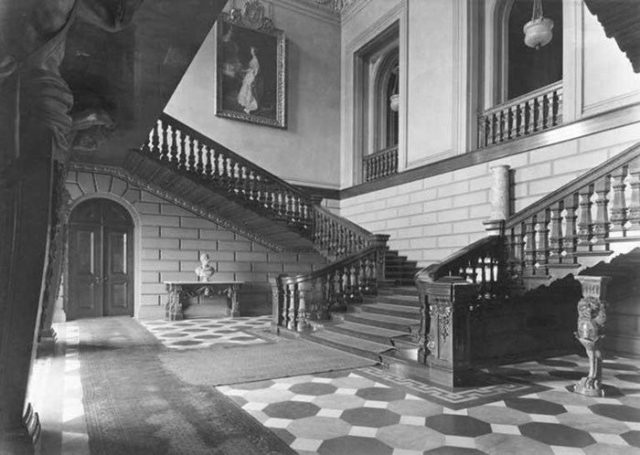
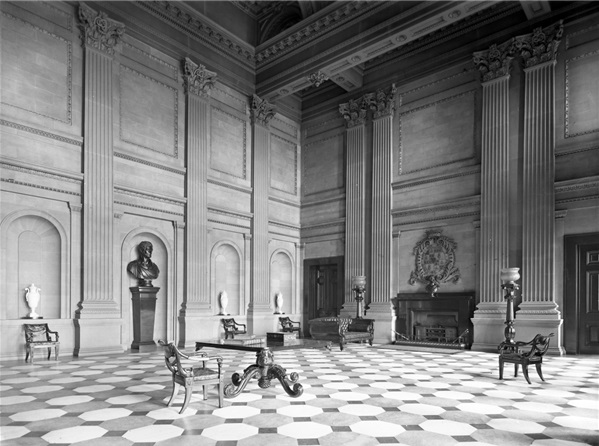
By the time of the First World War, Hamilton Palace was already in steep decline. The property was offered to the Royal Navy as a hospital during the war but was afterward condemned and slated for demolition. All of the Hamiltons’ valuable possessions were sold off at auctions, and between 1921 and 1926, Hamilton Palace was leveled to the ground.
Hamilton Mausoleum is all that is left standing
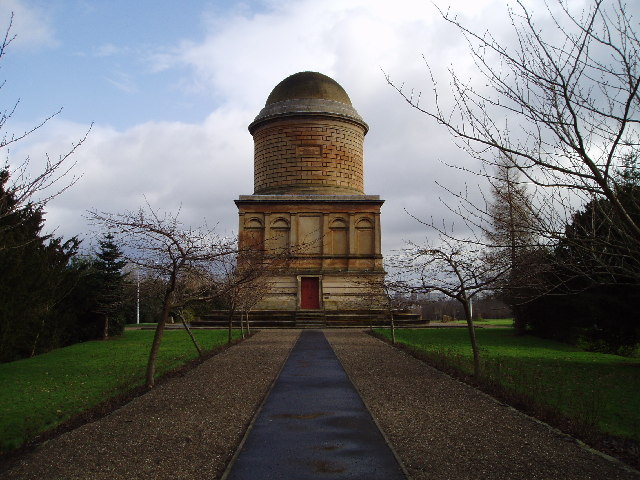
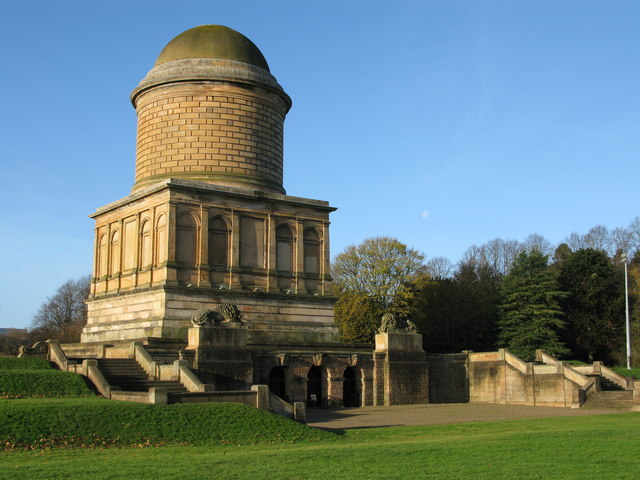
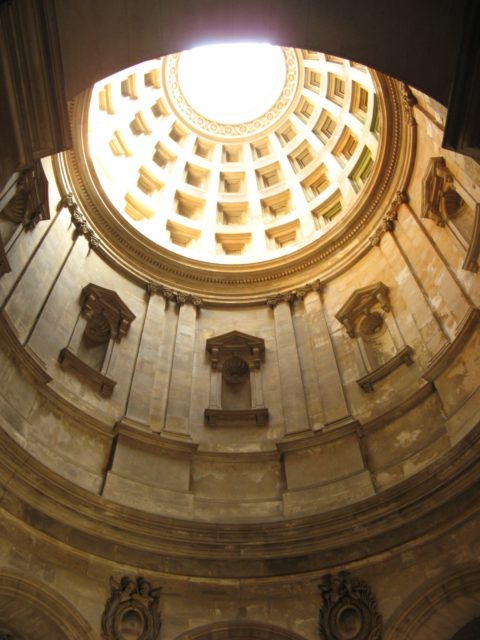
The only standing structure left of Hamilton Palace is the Hamilton Mausoleum. It is located 200 meters from where the main palace structure stood, and was the designated area where members of the Hamilton family were buried. Part of the expansion under Alexander, construction on the mausoleum began in 1842 and lasted until 1858.
Before it was completed, family members who died were buried in a vault in the eastern section of the palace, which was a collegiate church. The church had become so dilapidated that Alexander decided a mausoleum that fit the style of the immense structure was necessary for the family. The design includes a massive dome that holds the world record for the longest echo in any building, lasting 15 seconds.
More from us: Dunmore Park and Its Pineapple House in Airth, Scotland
Although he was the one to commission it, Alexander did not live to see the mausoleum completed, as he died in 1852.
